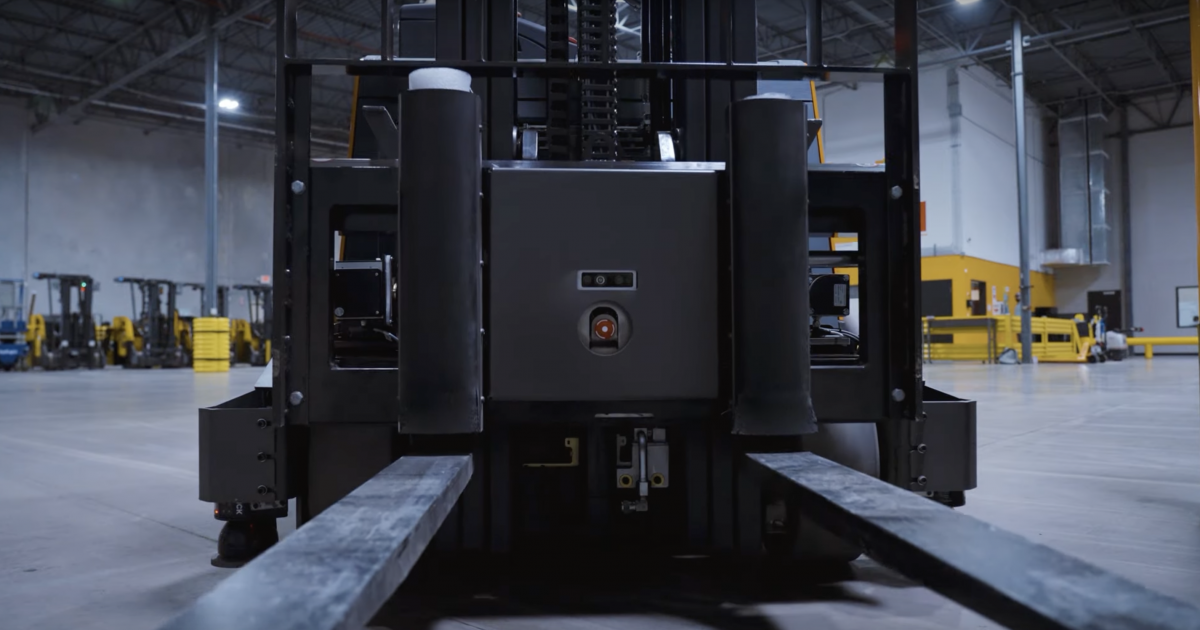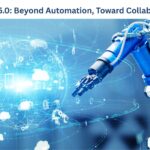Autonomous systems have revolutionized a number of sectors in recent years by taking over tedious and hazardous tasks. These technological developments have improved worker safety in addition to increasing production and efficiency.
Industrial Robots
At the forefront of automation in production facilities are industrial robots. These robots are made to do jobs including material handling, welding, painting, and assembling. Industrial robots can operate continually without becoming tired, guaranteeing constant quality and productivity even in potentially harmful situations.
The usage of robotic arms in the production of automobiles is one such example. By completing jobs quickly and precisely, these robots lower the possibility of mistakes and boost output. They also reduce the amount of dangerous situations that human workers are exposed to by operating in areas with high temperatures, poisonous gasses, and heavy machinery.
Drones
Unmanned aerial vehicles (UAVs), sometimes referred to as drones, have found use in a variety of sectors because of their capacity to reach hazardous or difficult-to-reach locations. They are used for delivery of commodities, field monitoring, and infrastructure inspection. Drones improve productivity and safety by carrying out operations that might otherwise endanger human workers.
Drones with cameras and sensors can be used in agriculture to gather important information on crop health, soil conditions, and irrigation requirements. Farmers may increase crop yields, optimize resource use, and make well-informed decisions with the help of this information. Drones are being tested in the logistics industry for last-mile delivery, which would cut down on delivery expenses and timeframes.
Autonomous Vehicles
Autonomous vehicles, such as delivery robots and self-driving trucks, are revolutionizing the logistics and transportation sectors. Because these cars are made to run autonomously, fewer human drivers are required, which increases operational effectiveness.
In order to deliver products over long distances without the need for breaks, self-driving trucks are being developed. This lowers the possibility of accidents brought on by tired drivers in addition to lowering transportation expenses. Contrarily, delivery robots are employed for short-distance deliveries, traveling through cities to deliver items to clients’ doorsteps.
Automated Mining Equipment
Automation has been adopted by the mining sector to increase production and safety. In order to harvest minerals from the soil, autonomous trucks and drills must operate in hazardous and hostile environments that would be harmful for human workers.
For instance, to navigate mining sites and move commodities, autonomous haul trucks are outfitted with cutting-edge sensors and GPS technology. Because these vehicles can run around the clock, fewer people are needed to operate them, which lowers the possibility of accidents. In the same way, automated drilling equipment improves mineral extraction accuracy and productivity.
Cleaning Robots
In both household and business settings, cleaning robots are becoming more and more common. In order to free up human labor for more sophisticated tasks, these robots are made to do routine and repetitive cleaning duties.
For example, robotic vacuum cleaners travel and clean floors on their own using sensors and algorithms. Robots that scrub floors in commercial settings keep big establishments like malls, hospitals, and airports clean. Cleaning robots increase productivity by doing these tiresome jobs, freeing up human workers to concentrate on more important duties.
Underwater Robots
Remotely operated vehicles (ROVs), another name for underwater robots, are employed for maintenance and exploratory operations. These robots can function in hazardous and deep underwater conditions that are inaccessible to human divers.
To carry out operations like underwater pipeline inspection, offshore platform maintenance, and marine research, ROVs are outfitted with cameras, sensors, and manipulator arms. Underwater robots improve safety and efficiency in underwater operations by removing the need for human divers to work in dangerous environments.
The Autonomous Workplace: Impact on Employment
The workplace has seen significant changes as a result of the integration of autonomous systems throughout sectors, which have both created and replaced employment while also changing current ones. Humans are freed up to manage and debug these systems as AI and automation replace monotonous duties, which calls for adaptability and new abilities. For example, workers in logistics may go from manual sorting and packaging to managing autonomous delivery systems, while workers in manufacturing may switch from manual jobs to programming and maintaining robots.
The workforce is changing as a result of increased automation, with robots performing jobs that call for accuracy and stamina, freeing up people to concentrate on jobs requiring dexterity, flexibility, and cognitive abilities. Robotic-assisted operations increase surgeons’ accuracy in intricate procedures, freeing up healthcare personnel to focus on patient care and decision-making while utilizing autonomous technologies to boost results.
Applications Across Industries
The rollout of self-operating systems has an impact on many fields making things more productive, safer, and effective. Factories now use human-like machines that can work all day and night. These robots boost the quality of jobs and how much they make while teaming up with real people. Mining businesses have started to use trucks that drive themselves to move stuff non-stop. This cuts down on how many human drivers they need and makes accidents less likely to happen.
In the oil and gas industry, self-driving underwater vehicles check offshore platforms and look for debris in tough underwater settings. This helps keep things safe and makes sure the infrastructure stays in good shape. The logistics field gets a boost from automation when it comes to picking, sorting, and delivering products. Companies are working on networks of self-driving trucks and using drones to deliver items that last bit of the way. In farming, systems that work on their own make farms more productive and less harmful to the environment. They do this by keeping an eye on watering and using precise farming methods.
The public sector uses robot porters to collect trash and drones to inspect power lines and respond to disasters. This helps make public services more productive and safer. In healthcare, self-operating systems help with surgeries, keep an eye on patients, and make it easier for people in far-off areas to get medical care. In construction, robots take care of demolition, survey sites, and create maps. Workers wear powered exoskeletons to lift heavy things, which cuts down on the chance of getting hurt and boosts output.
Key Takeaway
Numerous sectors have seen substantial changes as a result of the deployment of autonomous systems, which have improved production, safety, and efficiency. These technologies allow humans to concentrate on more complicated, creative, and strategic jobs by taking over filthy, hazardous, and boring duties. Human-machine cooperation will spur innovation and revolutionize the nature of work in the future as we continue to embrace automation.
Reach out to us at open-innovator@quotients.com or drop us a line to delve into the transformative potential of groundbreaking technologies. We’d love to explore the possibilities with you.







